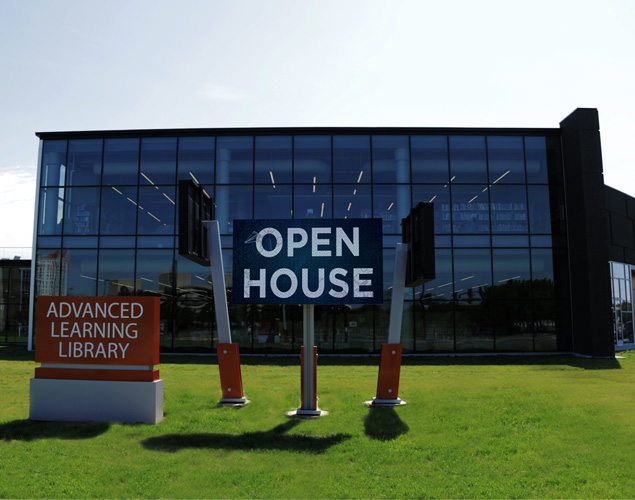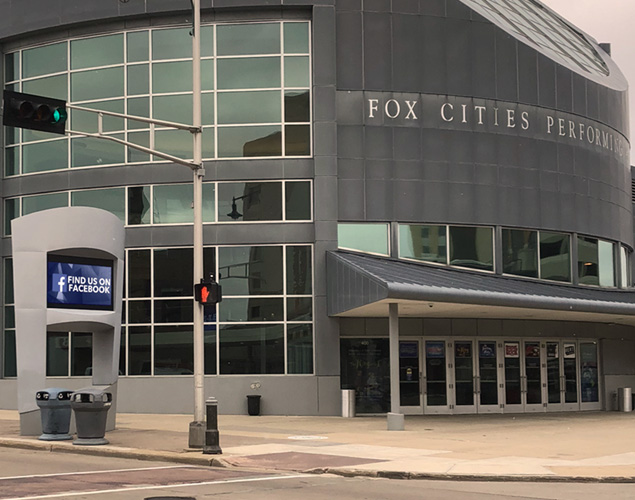In the ever-evolving world of visual communication, LED signs stand out as powerful tools for engaging audiences, delivering dynamic messages, and enhancing brand visibility. To maximize their potential, it’s vital to understand the key technical specifications that influence their performance. Whether you’re purchasing, installing, or maintaining an LED sign, this guide will illuminate the essential details you need to know.

1. Pixel Pitch: The Foundation of Resolution
Definition: Pixel pitch refers to the distance between the center of one LED cluster (or pixel) to the center of the next. It’s measured in millimeters. Importance:- Resolution: Smaller pixel pitch (e.g., 1.5mm) delivers higher resolution and sharper images, making it ideal for close viewing distances.
- Viewing Distance: Larger pixel pitch (e.g., 10mm) is perfect for outdoor displays meant to be viewed from afar.
2. Brightness: The Key to Daylight Visibility
Definition: Brightness measures the intensity of light emitted by an LED display, expressed in nits (cd/m²). Importance:- Visibility: Brightness is crucial for maintaining clarity in direct sunlight or brightly lit environments.
- Energy Efficiency: Higher brightness levels often consume more energy but ensure content visibility around the clock.

3. Refresh Rate: Seamless Motion Display
Definition: Refresh rate refers to the number of times per second the display refreshes its image, measured in Hertz (Hz). Importance:- Smooth Visuals: A refresh rate of 960Hz or higher ensures smooth video playback, crucial for high-quality content.
- Enhanced Viewer Experience: Reduces flickering and eye strain, particularly in fast-paced settings or environments with video content.
4. Color Depth: Bringing Vibrant Images to Life
Definition: Color depth measures the number of colors an LED display can produce, typically expressed in bits. Importance:- Vivid Visuals: A higher color depth (e.g., 16-bit or 24-bit) ensures accurate and vibrant color reproduction.
- Realism: Critical for applications where high-definition visuals and lifelike images matter.
5. Viewing Angle: Reaching a Wider Audience
Definition: Viewing angle defines the maximum angle at which content remains clearly visible and readable. Importance:- Audience Reach: Wider viewing angles (e.g., 160° horizontal and 140° vertical) allow more people to view content from various positions.
- Placement Flexibility: Ensures the sign is effective regardless of its location.

“A piece of digital content for your sign should be in the range of 1-3 slides tops.”
6. Contrast Ratio: Clarity in Every Setting
Definition: Contrast ratio is the difference between the brightest white and the darkest black the display can produce. Importance:- Sharpness: A higher contrast ratio (e.g., 3,000:1) results in sharper, more vivid content.
- Readability: Essential for maintaining content clarity in bright environments.
7. Control Systems: Powering Content with Ease
Definition: The control system is the software and hardware that manages the LED display’s content. Importance:- Flexibility: Advanced systems allow scheduling, interactive features, and multi-format content support.
- Ease of Use: Intuitive systems reduce the learning curve for content management.
8. Energy Efficiency: Long-Term Cost Savings
Definition: Energy efficiency measures how effectively an LED sign uses power to deliver its brightness and performance. Importance:- Cost-Effectiveness: Reduces energy bills and operational costs.
- Sustainability: Minimizes environmental impact, aligning with green business practices.
Choosing the Right LED Sign
Understanding the technical specifications of LED signs is essential for selecting the right display for your unique needs. From pixel pitch and brightness to color depth and control systems, each factor plays a critical role in maximizing performance and visual impact. By tailoring your choices to your environment and audience, you can harness the full potential of LED signage to enhance communication, boost engagement, and elevate your brand.



